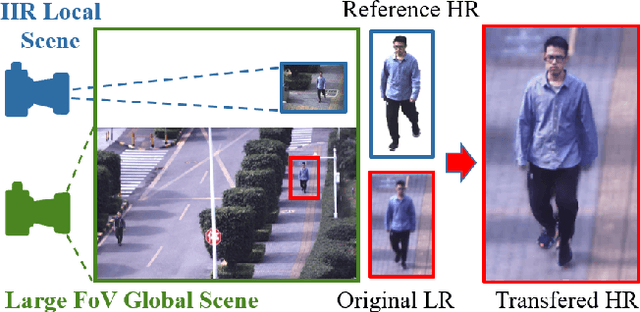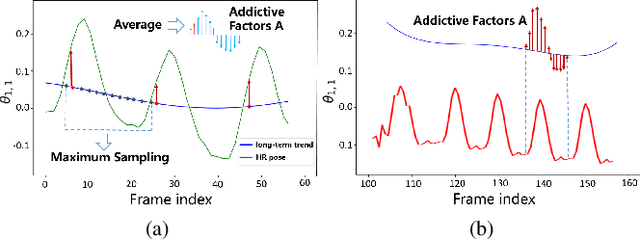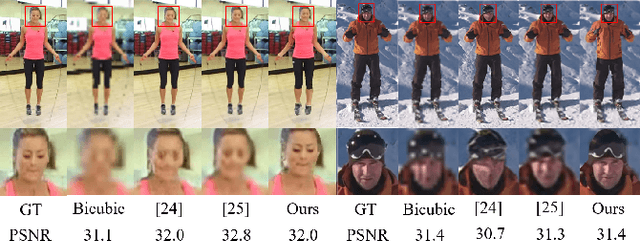Guanghan Li
Semantic Convergence: Harmonizing Recommender Systems via Two-Stage Alignment and Behavioral Semantic Tokenization
Dec 18, 2024



Abstract:Large language models (LLMs), endowed with exceptional reasoning capabilities, are adept at discerning profound user interests from historical behaviors, thereby presenting a promising avenue for the advancement of recommendation systems. However, a notable discrepancy persists between the sparse collaborative semantics typically found in recommendation systems and the dense token representations within LLMs. In our study, we propose a novel framework that harmoniously merges traditional recommendation models with the prowess of LLMs. We initiate this integration by transforming ItemIDs into sequences that align semantically with the LLMs space, through the proposed Alignment Tokenization module. Additionally, we design a series of specialized supervised learning tasks aimed at aligning collaborative signals with the subtleties of natural language semantics. To ensure practical applicability, we optimize online inference by pre-caching the top-K results for each user, reducing latency and improving effciency. Extensive experimental evidence indicates that our model markedly improves recall metrics and displays remarkable scalability of recommendation systems.
TSAMT: Time-Series-Analysis-based Motion Transfer among Multiple Cameras
Sep 29, 2021



Abstract:Along with advances in optical sensors is the common practice of building an imaging system with heterogeneous cameras. While high-resolution (HR) videos acquisition and analysis are benefited from hybrid sensors, the intrinsic characteristics of multiple cameras lead to an interesting motion transfer problem. Unfortunately, most of the existing methods provide no theoretical analysis and require intensive training data. In this paper, we propose an algorithm using time series analysis for motion transfer among multiple cameras. Specifically, we firstly identify seasonality in motion data and then build an addictive time series model to extract patterns that could be transferred across cameras. Our approach has a complete and clear mathematical formulation, thus being efficient and interpretable. Through quantitative evaluations on real-world data, we demonstrate the effectiveness of our method. Furthermore, our motion transfer algorithm could combine with and facilitate downstream tasks, e.g., enhancing pose estimation on LR videos with inherent patterns extracted from HR ones. Code is available at https://github.com/IndigoPurple/TSAMT.
Zoom in to the details of human-centric videos
May 27, 2020



Abstract:Presenting high-resolution (HR) human appearance is always critical for the human-centric videos. However, current imagery equipment can hardly capture HR details all the time. Existing super-resolution algorithms barely mitigate the problem by only considering universal and low-level priors of im-age patches. In contrast, our algorithm is under bias towards the human body super-resolution by taking advantage of high-level prior defined by HR human appearance. Firstly, a motion analysis module extracts inherent motion pattern from the HR reference video to refine the pose estimation of the low-resolution (LR) sequence. Furthermore, a human body reconstruction module maps the HR texture in the reference frames onto a 3D mesh model. Consequently, the input LR videos get super-resolved HR human sequences are generated conditioned on the original LR videos as well as few HR reference frames. Experiments on an existing dataset and real-world data captured by hybrid cameras show that our approach generates superior visual quality of human body compared with the traditional method.
 Add to Chrome
Add to Chrome Add to Firefox
Add to Firefox Add to Edge
Add to Edge